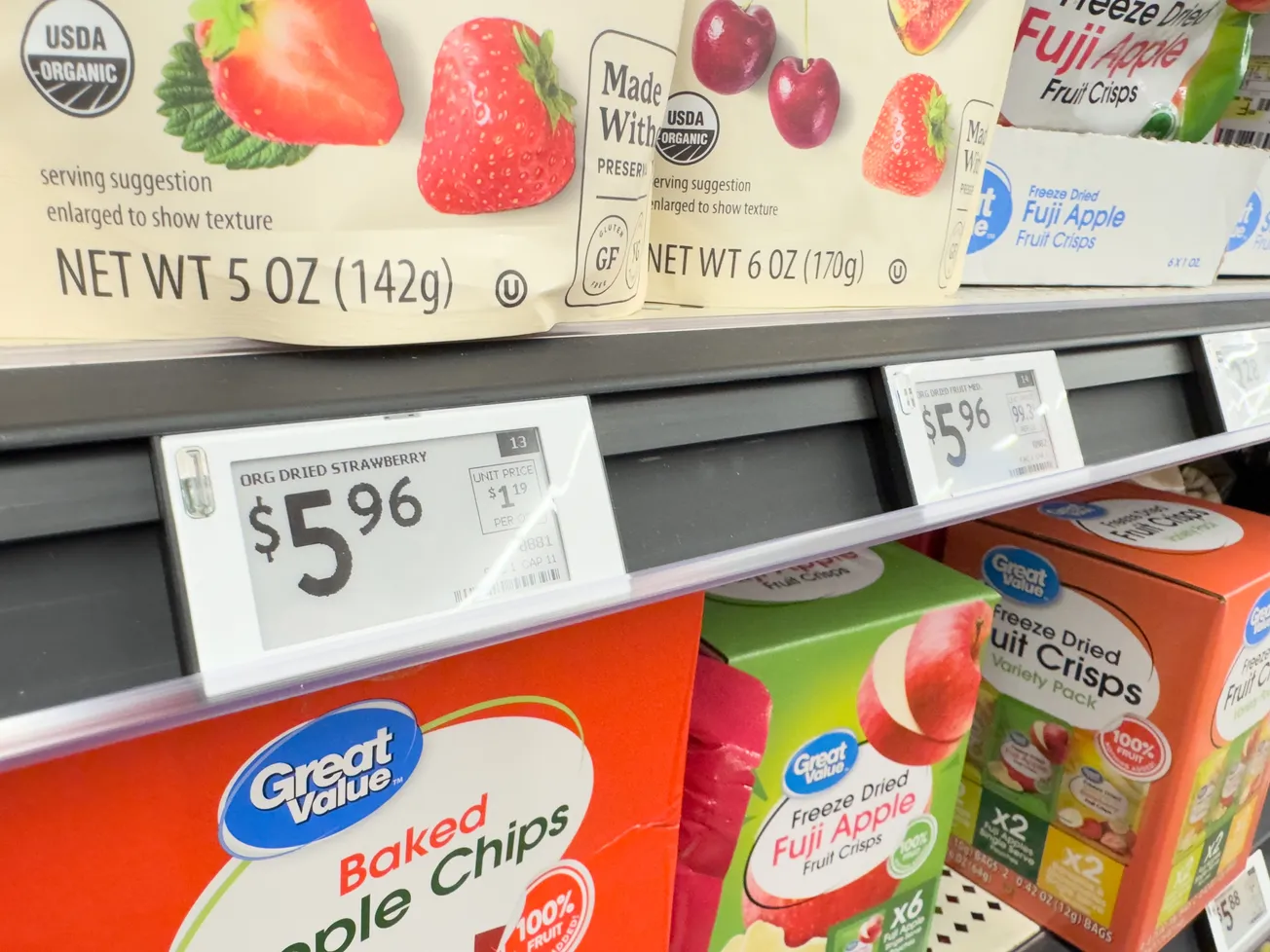Pricing strategies in retail settings are undergoing rapid transformation. Digital price tags and advanced algorithms have equipped businesses with tools to adjust prices in real time, responding to market dynamics with precision.
Before the advent of sophisticated algorithms, retailers employed more static methods for price adjustments. These older models, while effective in their time, lacked the agility to adapt quickly to shifting market conditions.
Traditional markdown schedules were a hallmark of department stores and apparel retailers, where unsold inventory was reduced in price at set intervals. This approach worked for clearing stock but left businesses unable to respond to immediate changes in demand.
Similarly, promotional pricing strategies, tied to events like Black Friday or seasonal sales, boosted short-term sales but trained customers to expect discounts, often undermining everyday pricing.
Regional pricing also played a role, with prices varying by location based on local demand and supply costs. However, these adjustments were static and could not accommodate sudden market shifts.
The advent of digital tools has rendered these methods obsolete, giving rise to more dynamic pricing models.
Dynamic pricing, the practice of adjusting prices in real time based on demand, competition, and other factors, has become a cornerstone of modern retail. Enabled by technologies like digital price tags, this approach allows businesses to optimize revenues and respond swiftly to market trends.
Retailers like Walmart and Amazon are at the forefront of these innovations, though smaller businesses are beginning to adopt similar strategies.
Retail giants have embraced dynamic pricing at scale, with algorithms updating product prices multiple times daily. Walmart has implemented Electronic Shelf Labels in thousands of stores, enabling seamless price adjustments across locations.
While both companies emphasize that these tools are used to maintain price accuracy and competitiveness, some consumers and critics worry about the potential for abuse.
For instance, digital price tags have sparked debates about whether retailers use them to exploit customers during high-demand periods. Walmart and Kroger have denied allegations of engaging in surge pricing, asserting that their focus remains on operational efficiency and consistent pricing.
Dynamic, Surge, Individualized
Dynamic pricing often overlaps with other models, such as surge and individualized pricing, but there are important distinctions.
Dynamic pricing involves real-time adjustments based on broad market conditions. This approach is widely used in e-commerce and brick-and-mortar retail, where prices fluctuate to reflect changes in demand, supply, and competition.
Surge pricing, on the other hand, represents a more reactive strategy, where prices spike during periods of high demand. Ride-sharing services like Uber exemplify this model, increasing fares during rush hours or inclement weather.
While effective in balancing supply and demand, surge pricing frequently attracts criticism for perceived gouging, especially during emergencies.
Individualized pricing tailors prices to individual consumers based on their behavior, preferences, and data profiles. Retailers use this model to offer personalized discounts or pricing, often through loyalty programs.
However, the practice raises concerns about data privacy and potential discrimination, as consumers may feel unfairly targeted by higher prices.
The Business Case for Dynamic Pricing
For retailers, dynamic pricing offers clear advantages. It enhances revenue by aligning prices with market demand, ensures competitiveness by responding to rivals’ pricing strategies, and aids inventory management by incentivizing purchases of overstocked items.
Amazon’s use of dynamic pricing demonstrates its ability to dominate the e-commerce space, maintaining its edge against competitors. Similarly, Walmart’s ESL technology allows for rapid price adjustments, reinforcing its reputation for low prices while improving operational efficiency.
Smaller businesses, too, are exploring dynamic pricing, often through digital platforms that facilitate real-time updates. However, adopting this technology can be challenging for smaller retailers, who may lack the resources to invest in advanced pricing systems.
While dynamic pricing is generally legal, it is not without controversy. U.S. laws permit price adjustments as long as they do not involve discrimination or violate antitrust regulations. However, the use of personal data for individualized pricing can raise privacy concerns and attract regulatory scrutiny.
Surge pricing, in particular, has faced legal challenges. Uber, for example, has been criticized for implementing surge pricing during emergencies, prompting investigations into whether the practice constitutes price gouging.
Ethically, the transparency of pricing strategies remains a significant concern. Consumers often perceive dynamic pricing as unfair, particularly when they discover that others paid less for the same product. Retailers must tread carefully to balance profitability with maintaining consumer trust.
Public Perception and the Role of Transparency
Dynamic pricing’s success depends not only on its operational benefits but also on how it is perceived by consumers. Lack of transparency in pricing algorithms can erode trust, as seen in public backlash against Ticketmaster’s dynamic ticket pricing.
Retailers like Walmart and Amazon have sought to mitigate such concerns by emphasizing their commitment to affordability and fairness. Walmart’s “Everyday Low Prices” strategy, for instance, reassures customers that dynamic pricing will not undermine its value proposition.
Educational campaigns can also play a role in shaping consumer perceptions. By highlighting the benefits of dynamic pricing—such as discounts during off-peak periods—retailers can foster a more positive understanding of the practice.
Looking Ahead: Balancing Innovation and Integrity
Dynamic pricing, alongside surge and individualized pricing models, represents a significant evolution from traditional pricing strategies. These methods offer retailers unprecedented flexibility and efficiency, enabling them to thrive in competitive markets.
As digital price tags and algorithms continue to reshape the retail landscape, businesses must navigate the fine line between innovation and ethical responsibility.
The future of pricing lies in this balance—leveraging technology to optimize revenues while building trust and loyalty among consumers.







